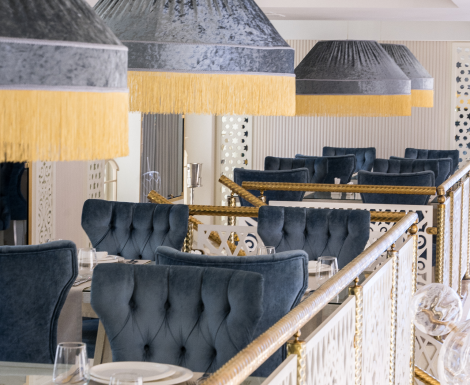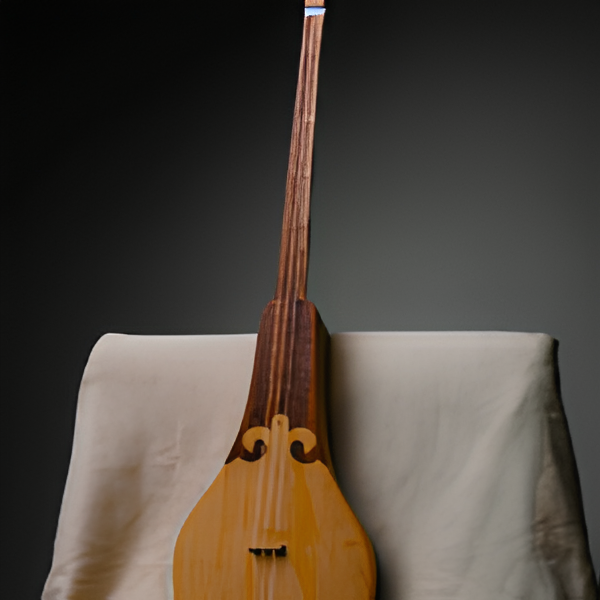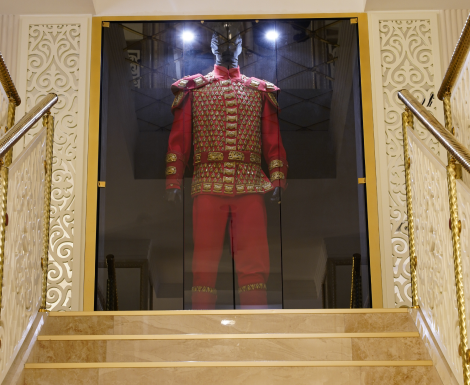A Gift from Indonesian admirers
DAIDIDAU.KZ
DAIDIDAU.KZ
DAIDIDAU.KZ
DAIDIDAU.KZ
DAIDIDAU.KZ
DAIDIDAU.KZ
DAIDIDAU.KZ
DAIDIDAU.KZ
DAIDIDAU.KZ
DAIDIDAU.KZ
DAIDIDAU.KZ
DAIDIDAU.KZ
DAIDIDAU.KZ
DAIDIDAU.KZ
DAIDIDAU.KZ
DAIDIDAU.KZ
DAIDIDAU.KZ
DAIDIDAU.KZ
DAIDIDAU.KZ
DAIDIDAU.KZ
DAIDIDAU.KZ
DAIDIDAU.KZ
DAIDIDAU.KZ
DAIDIDAU.KZ
DAIDIDAU.KZ
- ThePlus Audio
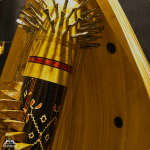

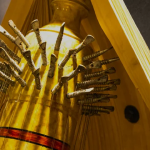
SASANDO
Once, a Javanese man named Santuyana came to the island of Ndana and fell in love with the king’s daughter. The king demanded that the young man create a unique musical instrument that would stand out from others. A marvelous and unusual melodic instrument appeared to the young man in a dream. Based on this dream, he created the Sasando instrument. The beautiful melody pleased the king so much that he gave his daughter to Santuyana. This is the legend of the origin of one of the most popular instruments in Indonesia.
However, in reality, it is believed that the instrument was created in the 17th century on the island of Rote by shepherds who were drawn to the gentle melody produced by a water-drawing vessel. Sasando means “something that vibrates.” Vibrations in this instrument come from numerous strings stretched across a tube. There can be 28, 58, or even 84 strings. Playing the instrument involves plucking the strings like a harp, but from opposite directions. Sasando is played with both hands: one hand for chords, the other for melody.
The resonant semicircle surrounding the tube with the strings can be unfolded like a fan or gathered as needed. The semicircle is made from lontar palm leaves that grow in Southeast Asia.




